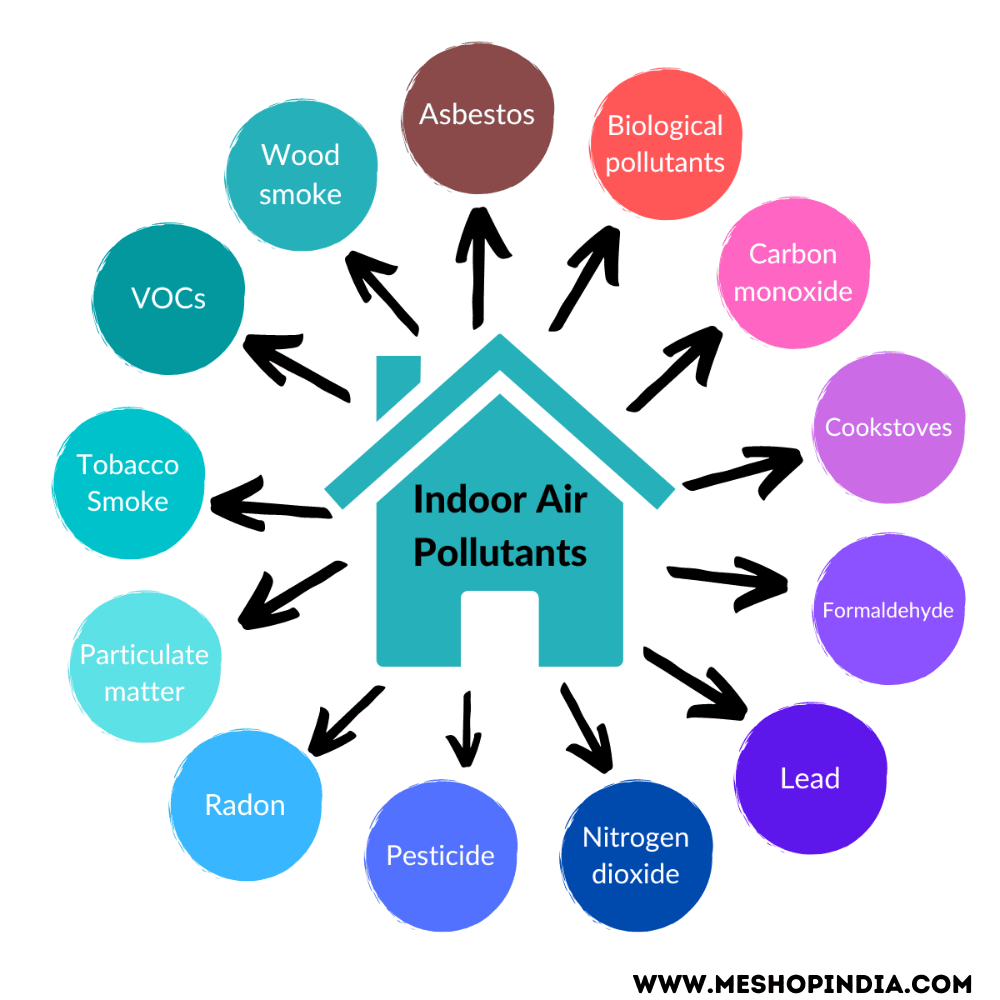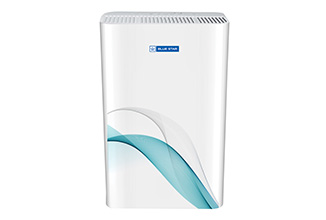Introduction
In today's world, where air pollution is a growing concern, ensuring clean and healthy indoor air is more important than ever. Air purifiers have become essential appliances for many households, offering a way to remove harmful pollutants and allergens from the air we breathe. But with so many different types of air purifiers available, choosing the right one can feel overwhelming. This guide will break down the most common types, helping you make an informed decision for your specific needs.
1. HEPA Filter Air Purifiers
1. HEPA Filter Air Purifiers

What is a HEPA filter?
HEPA stands for "high-efficiency particulate air." These filters are incredibly effective at capturing tiny particles, including dust mites, pollen, pet dander, mold spores, and other allergens. A true HEPA filter must remove at least 99.97% of airborne particles that are 0.3 microns in diameter.
How it works:
HEPA filters are made of a dense mat of randomly arranged fibers. As air passes through the filter, particles become trapped in the fibers through a combination of mechanisms:
- Interception: Larger particles collide with the fibers and get stuck.
- Impaction: Heavy particles can't follow the airflow and hit the fibers.
- Diffusion: Tiny particles move randomly and are more likely to collide with the fibers.
Benefits:
- Highly effective for allergies and asthma: Removes a wide range of allergens.
- Available in various sizes and designs: Suitable for different room sizes and needs.
- Relatively affordable: HEPA filters are a cost-effective air purification solution.
Drawbacks:
- Doesn't remove odors or gases: Requires additional filtration for odors, smoke, or VOCs.
- Filters need regular replacement: Typically every 6-12 months, depending on usage.
2. Activated Carbon Air Purifiers
2. Activated Carbon Air Purifiers
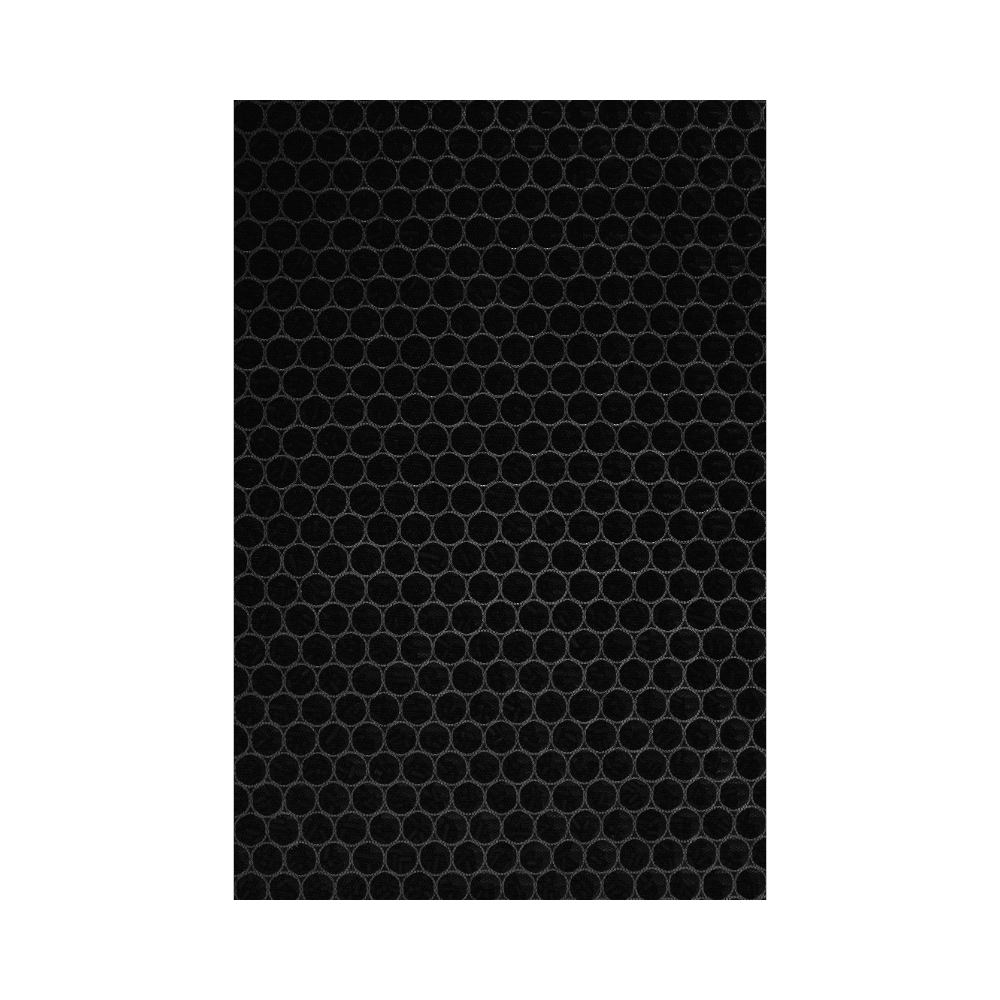
What is activated carbon?
Activated carbon is a highly porous material with a large surface area. This makes it excellent at adsorbing (not absorbing) gases, odors, and volatile organic compounds (VOCs).
How it works:
Gases and odors become trapped within the pores of the activated carbon. This is particularly useful for removing:
- Smoke odors: From cigarettes, wildfires, or cooking.
- Pet odors: Helps neutralize unpleasant smells.
- VOCs: Removes chemicals released from paint, cleaning products, and furniture.
Benefits:
- Effective odor removal: Neutralizes a wide range of unpleasant smells.
- Improves indoor air quality: Removes potentially harmful VOCs.
Drawbacks:
- Doesn't remove particles: Not effective for allergens or dust.
- Filters need regular replacement: The carbon becomes saturated over time and needs replacing.
- May not remove all types of odors: Effectiveness varies depending on the specific odor.
3. UV Air Purifiers
3. UV Air Purifiers
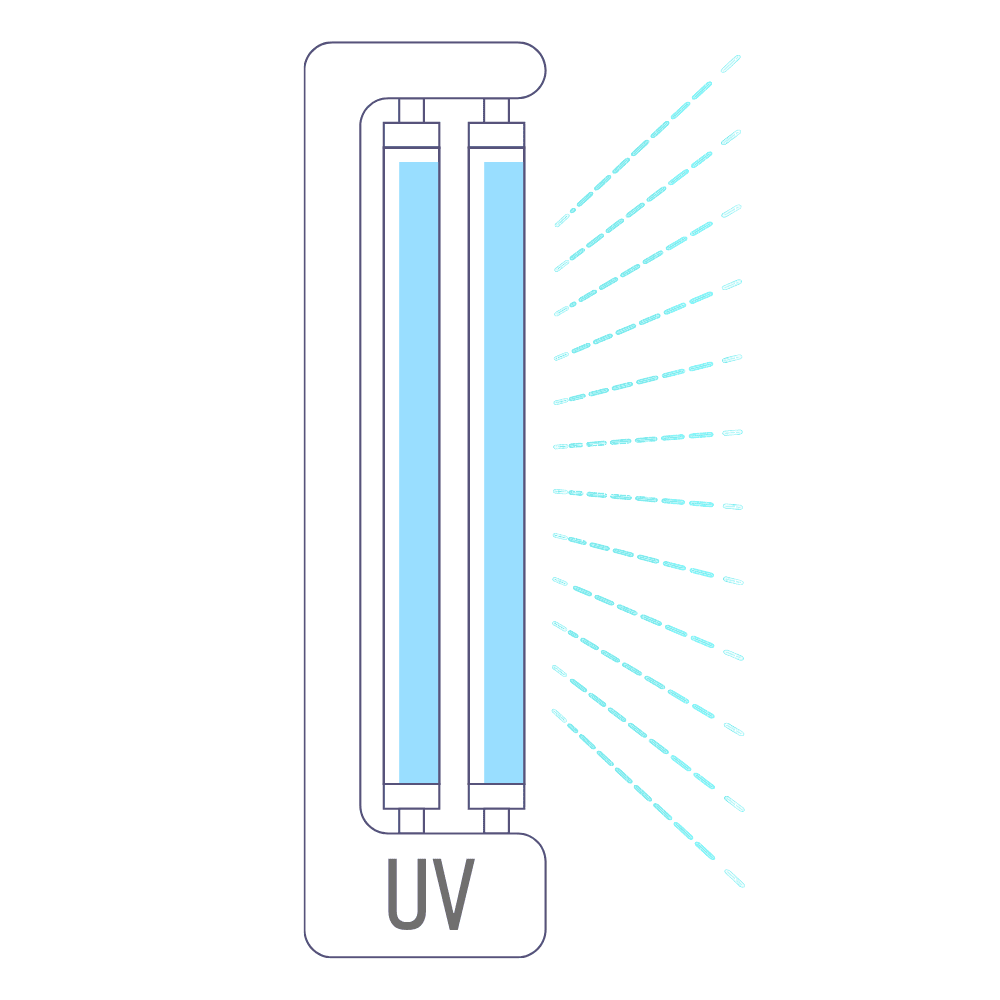
What is UV light?
Ultraviolet (UV) light is a type of electromagnetic radiation. UV-C light, in particular, has germicidal properties, meaning it can kill or inactivate microorganisms like bacteria, viruses, and mold spores.
How it works:
UV air purifiers use UV-C lamps to irradiate the air passing through the device. The UV-C light damages the DNA of microorganisms, preventing them from reproducing and causing harm.
Benefits:
- Kills germs and microorganisms: Helps reduce the spread of airborne illnesses.
- Can be used in conjunction with other filters: Often combined with HEPA filters for comprehensive air purification.
Drawbacks:
- Limited effectiveness on its own: UV light needs direct exposure to microorganisms to be effective. It may not capture all particles in the air.
- Potential safety concerns: Direct exposure to UV-C light can be harmful to humans and pets. Ensure the device is designed for safe operation.
4. Electrostatic Precipitators
4. Electrostatic Precipitators
How it works:
These air purifiers use an electrical charge to capture particles. Air passes through an ionization chamber where particles become charged. The charged particles are then attracted to collection plates with the opposite charge, effectively removing them from the air.
Benefits:
- No filters to replace: Collection plates can be washed and reused.
- Can be energy-efficient: Some models consume less energy than traditional filter-based purifiers.
Drawbacks:
- May produce ozone: Some electrostatic precipitators generate small amounts of ozone, which can be an irritant.
- Less effective for smaller particles: May not capture the smallest particles as efficiently as HEPA filters.
5. Ionic Air Purifiers
5. Ionic Air Purifiers
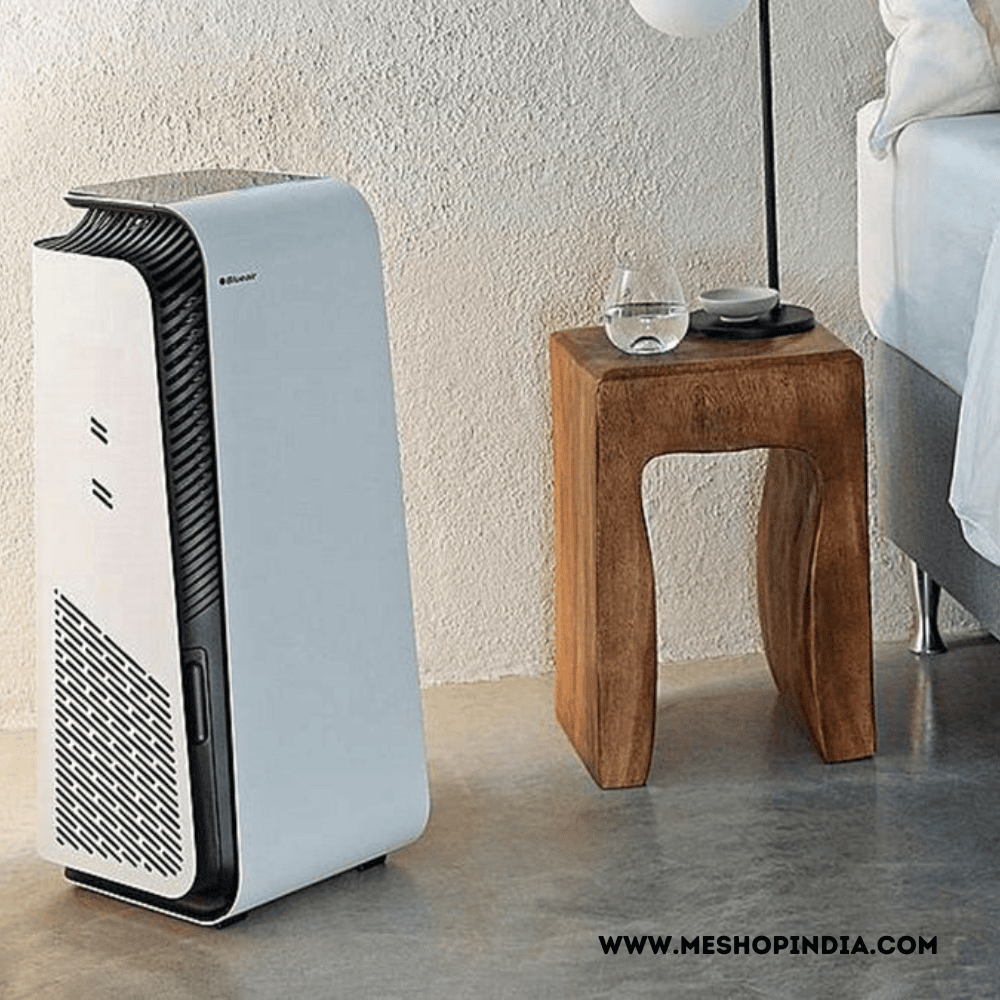
How it works:
Ionic air purifiers release negatively charged ions into the air. These ions attach to airborne particles, making them heavier and causing them to fall to the ground or stick to surfaces.
Benefits:
- No filters to replace: Reduces maintenance requirements.
- Often compact and portable: Suitable for small spaces.
Drawbacks:
- Doesn't remove particles from the air: Particles settle on surfaces and can be re-suspended.
- May produce ozone: Some ionic air purifiers generate ozone as a byproduct.
Explore Our Online Store
Explore Our Online Store
Air Purifier For Office
Conclusion
Conclusion
Choosing the right air purifier depends on your individual needs and concerns. Consider the types of pollutants you want to remove, the size of the space, and your budget. For comprehensive air purification, a combination of HEPA filtration and activated carbon is often the most effective solution. If you have specific concerns about germs or odors, UV light or electrostatic precipitators may be worth considering. By understanding the different types of air purifiers, you can make an informed decision and breathe easier in your home or office.
